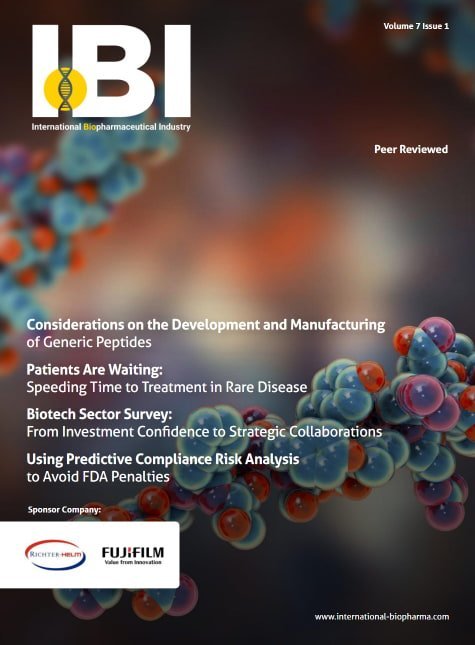The Food and Drug Administration’s approval of new diabetes pill Rybelsus from Danish drugmaker Novo Nordisk last week put an emphatic stamp on the end of a furious period of innovation in Type 2 diabetes medication.
Since 2006, three new classes and more than a dozen new drugs have launched, the best of which not only help patients control elevated blood sugar, but also can prevent cardiovascular complications of the disease over the long term.
Novo and Eli Lilly, now the leading manufacturers of diabetes treatments, will have much more to prove moving forward, especially since outcomes studies have shown existing agents reduce the risk of diabetics’ main cause of death: heart disease.
The two, plus players like Sanofi and Hanmi Pharmaceutical and biotech upstarts like VTV Therapeutics, can’t just rely on developing drugs that match the glucose-lowering performance of current mainstays Victoza or Jardiance.
“There is no longer space in the armamentarium for a single glucose-lowering agent that does nothing but lower glucose,” said Mads Krogsgaard Thomsen, Novo Nordisk’s chief science officer.
With diabetes drug manufacturers taking heat for steep price increases that have made their products too expensive for some patients, it will be essential to prove that the next generation of glucose-lowering agents will be affordable to society.
“There is no longer space in the armamentarium for a single glucose-lowering agent that does nothing but lower glucose.”

Mads Krogsgaard Thomsen
Chief Science Officer, Novo Nordisk
Lower blood sugar, stop heart attacks
Results from the EMPA-REG Outcomes trials of Lilly and Boehringer Ingelheim’s drug Jardiance were a recent turning point in diabetes drug research. In 2015, the study found that taking the SGLT-2 inhibitor lowered the risk of cardiovascular complications by 14%.
“When EMPA-REG read out, it changed the stakes for all new entrants, because [before that] none of us had to do those cardiovascular outcome studies in such a way that we show a benefit,” said Jeffrey Emmick, Lilly’s vice president of product development. Previously, diabetes drugs had to simply show that they didn’t raise the risk of cardiovascular complications.
Now, with five other diabetes drugs having done the same, the bar is set. To prove a drug is worth launching, drugmakers must consider that they will need to enroll perhaps as many as 10,000 patients to try to show a cardiovascular benefit. And that’s in addition to the thousands required to show a benefit on blood-glucose control. This would be a major investment, likely restricting diabetes drug development to only big pharma.
Thanks to these advances, the state of diabetes medicine is meeting the needs of most patients — provided they can afford it and access isn’t an issue — said John Buse, endocrinology chief at the University of North Carolina and a former medicine and science president at the American Diabetes Association.
“I actually believe that for people with diabetes who have good access to care — meaning they have insurance, they live near a place with [diabetes] experience and up-to-date clinicians — that their ability to live a normal lifespan without disabling complications is completely achievable,” Buse said.
The issue, of course, is access. “We don’t really have a healthcare system. We have healthcare chaos,” he said.
In particular, double-digit price increases for insulin, which has been used for nearly 100 years, along with steep rises for newer agents like glucagon-like peptide 1 (GLP-1) agonists and SGLT-2 inhibitors, have led to widespread criticism of drugmakers in this sector.
Newest classes of diabetes drugs
| Class | First launch | Big products |
|---|---|---|
| DPP-4 inhibitor | 2005 | Januvia, Tradjenta |
| GLP-1 agonist | 2005 | Victoza, Trulicity |
| SGLT-2 inhibitor | 2012 | Jardiance, Farxiga |
Executives of Novo, Lilly and Lantus manufacturer Sanofi were called to Capitol Hill in April to explain the price hikes, as reports emerged of diabetics dying as a result of their inability to afford insulin.
In response, drugmakers have mostly pointed to the increasing rebates they must pay insurers for formulary access, a defense that sidesteps access challenges for uninsured individuals or those enrolled in high-deductible plans. Such rebates aren’t directly passed on to consumers, meaning some must still pay the full, rather than the net, price.
But as for developing new medicines versus doing better with the ones we already have, Sanofi appears to be leaning toward the latter option. The French company recently announced a partnership with device maker Abbott to better integrate glucose sensing with insulin dosing devices.
Can do better
Cost concerns notwithstanding, Novo, Lilly and other diabetes players believe there is still an appetite for new drugs among payers and patients.
Lilly has advanced into Phase 3 a drug called tirzepatide, which stimulates GLP-1 like Trulicity and also a second hormone, gastric inhibitory polypeptide (GIP).
Sanofi, which has faded as a diabetes force since Lantus lost intellectual property protection, is trying a triple approach of GLP-1, GIP and glucagon receptor stimulation. That treatment is in Phase 1 testing.
Novo is experimenting with glucose-responsive insulin, although it is much earlier stage, along with longer-acting insulins and beta-cell preservation to help Type 1 diabetics.

























